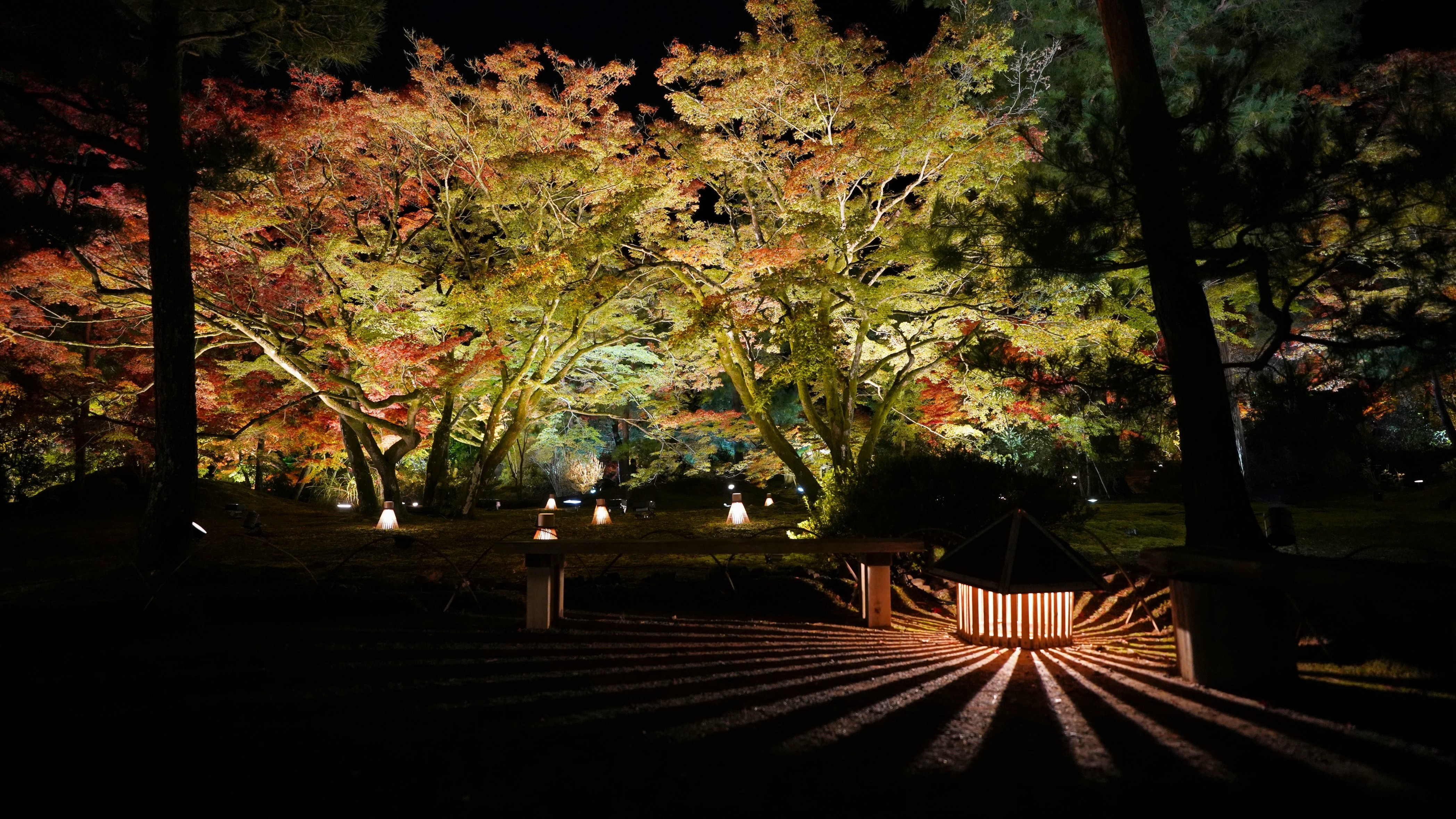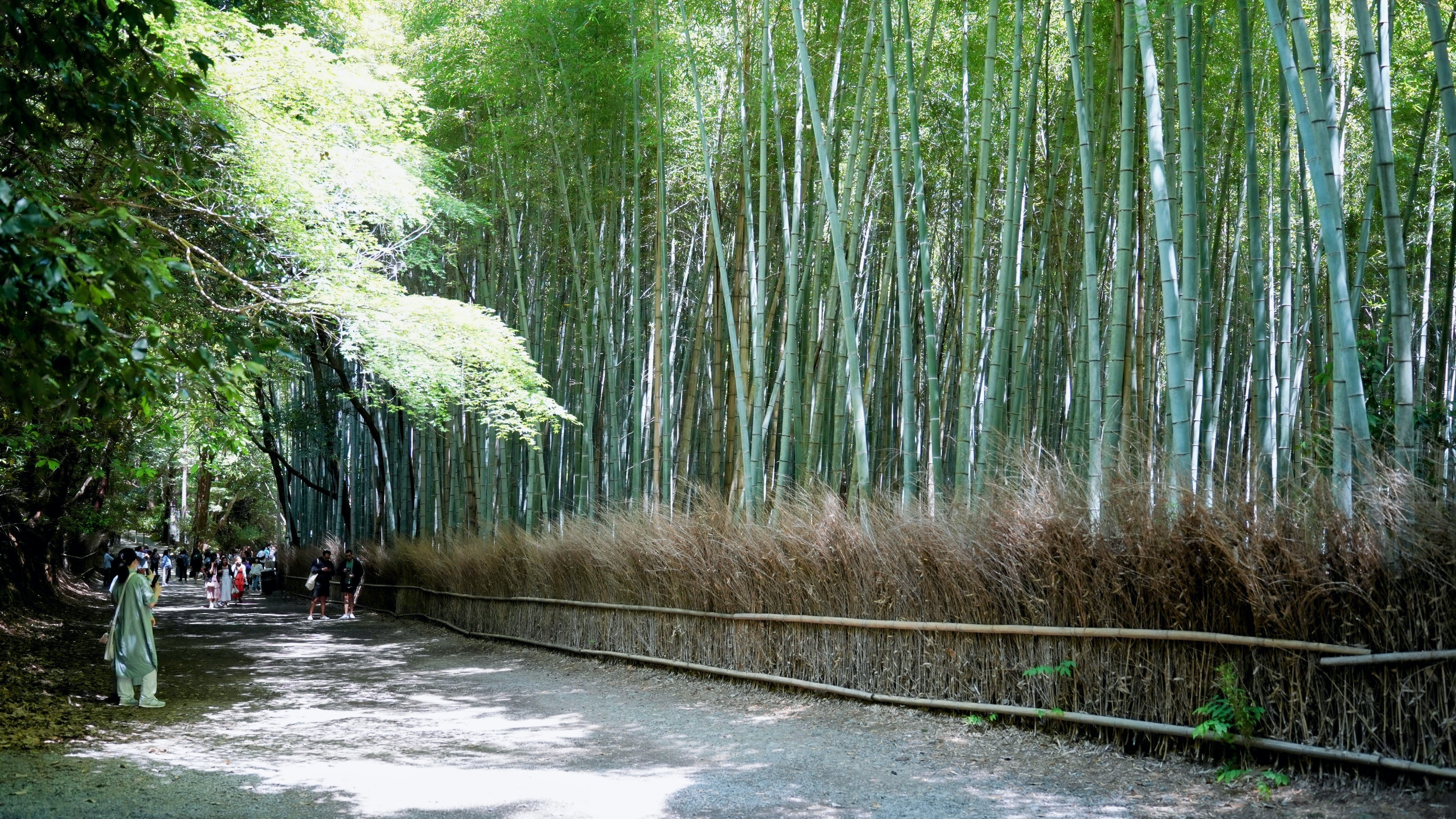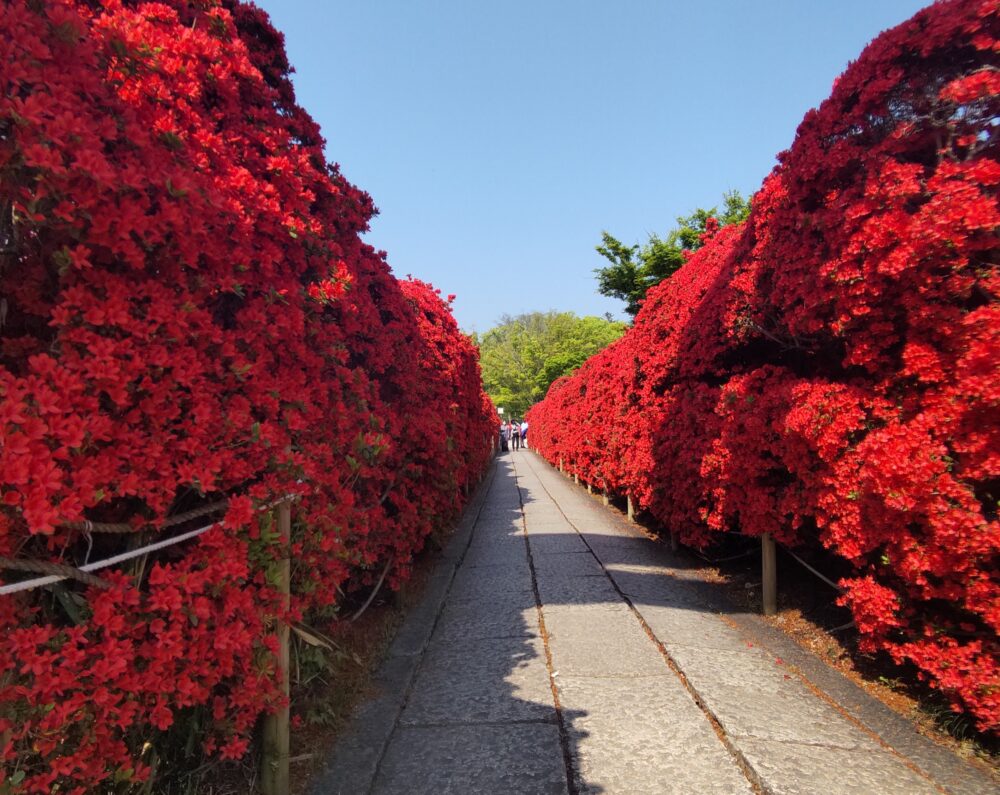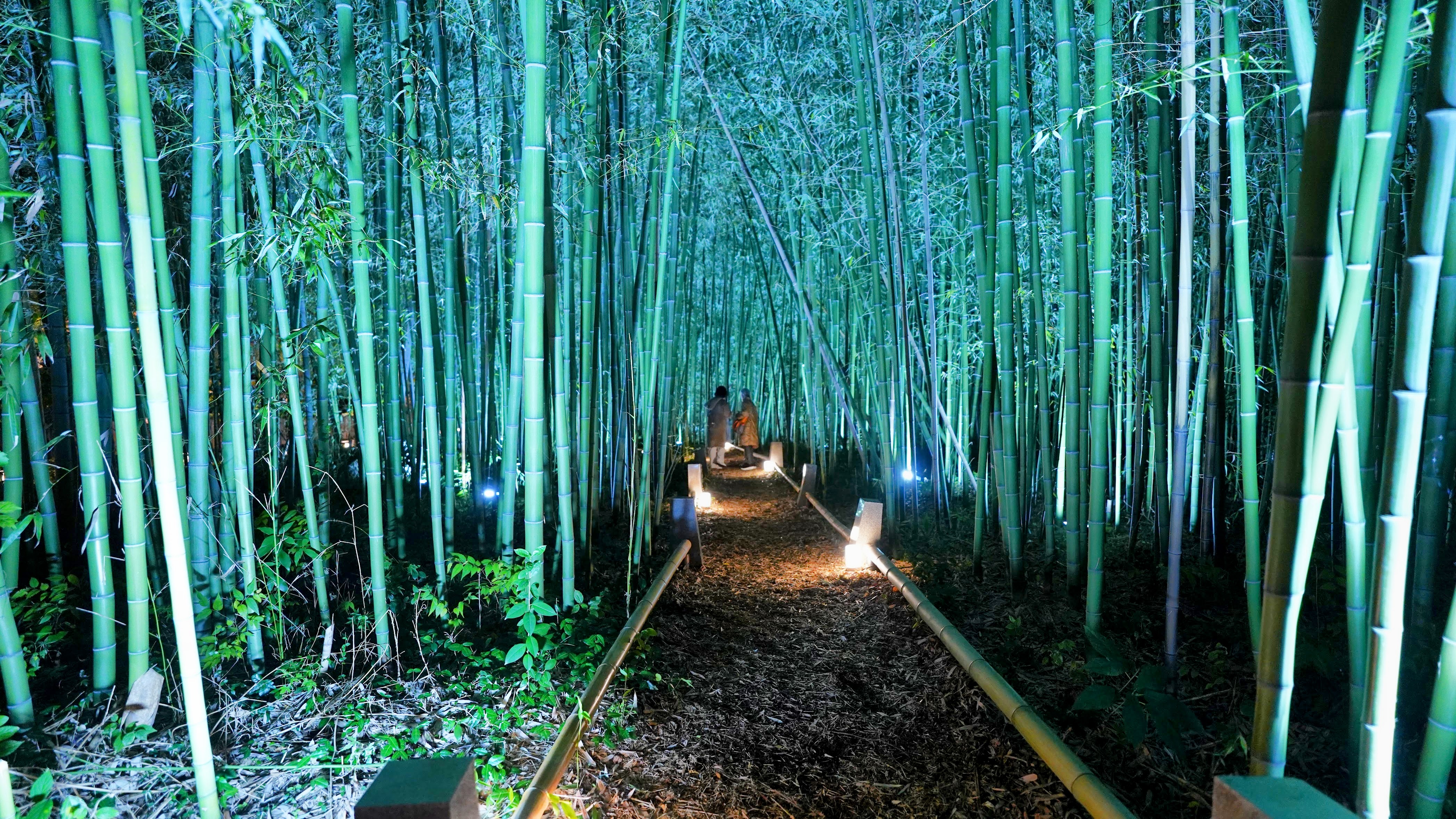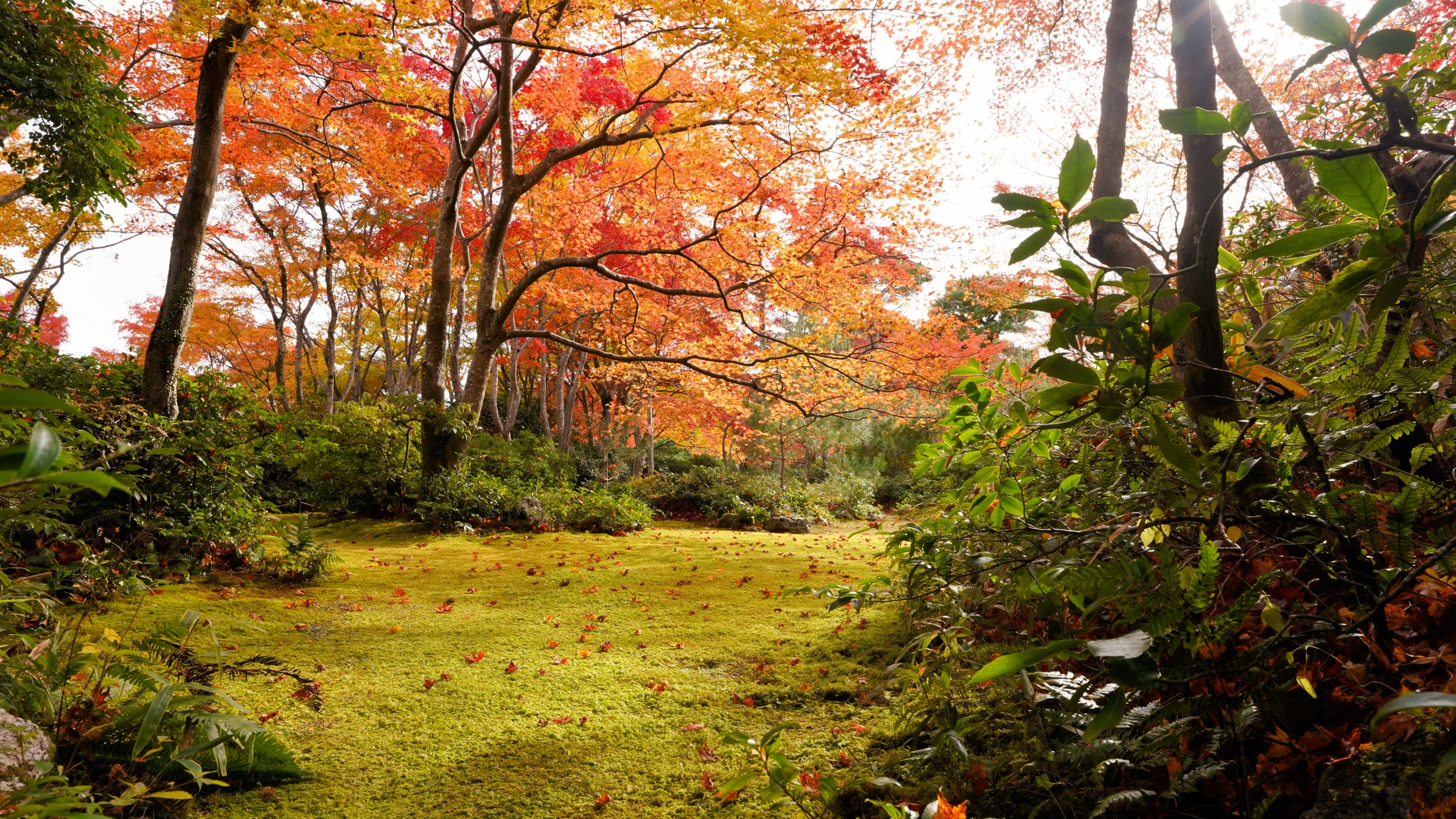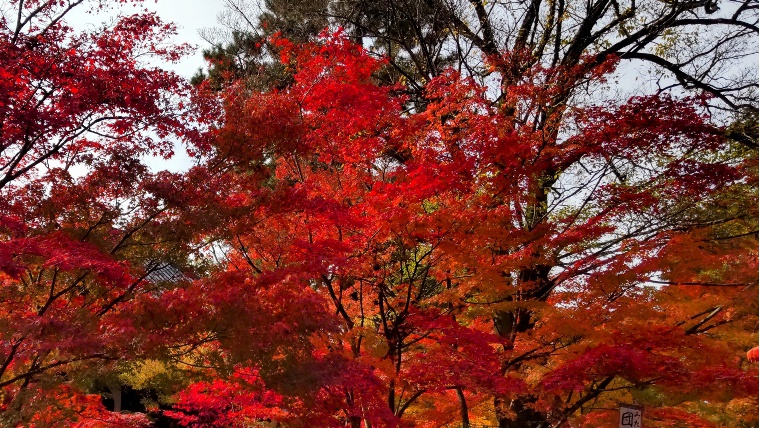Kenninji temple : History and Features about the oldest zen temple in Kyoto
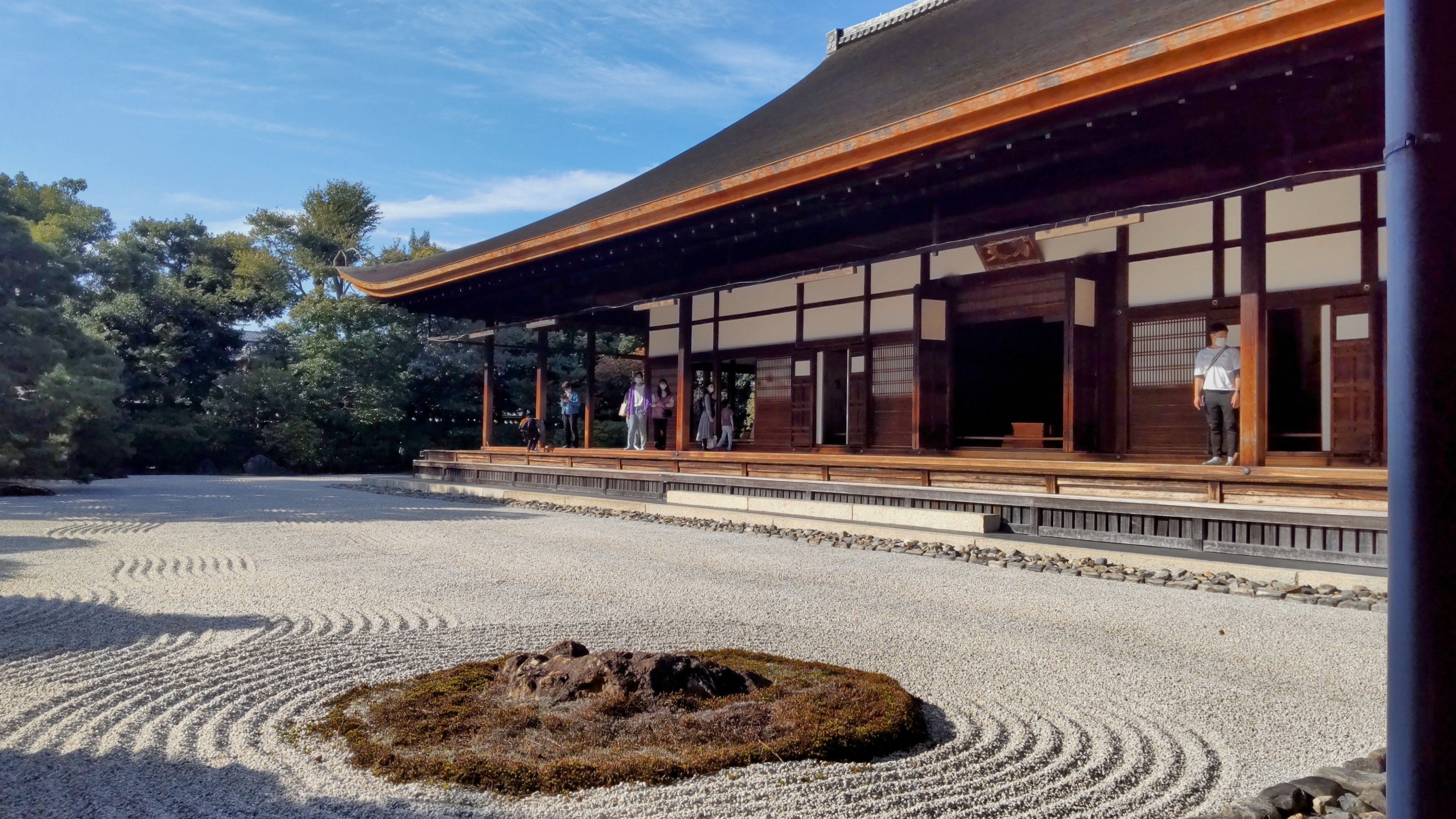
Kennin-ji Temple is the oldest Zen temple in Kyoto, located in the eastern part of the city, Higashiyama Ward. Visitors can explore its magnificent halls, tranquil gardens, and admire the intricate details of its architecture, which has been carefully preserved over the centuries.
History
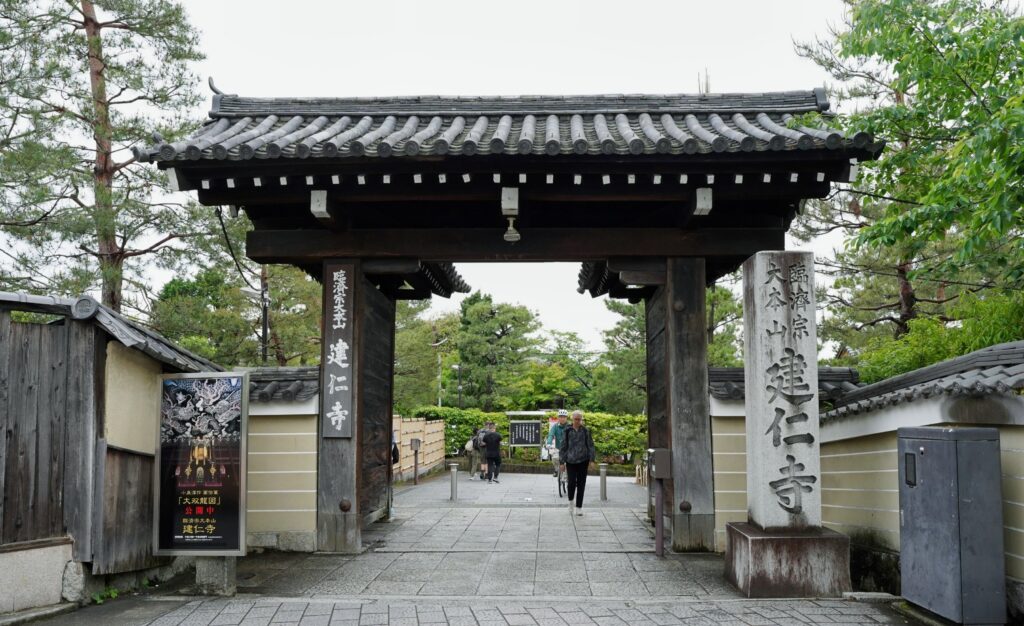
Kennin-ji Temple was founded in 1202 when Shogun Minamoto no Yoriie donated land and invited Zen Master Eisai to establish the temple. The temple was named after the era “Kenin” in which it was built. Eisai was a monk who brought tea seeds from China and introduced tea to Japan. There is a monument in the grounds of Kennin-ji Temple commemorating his introduction of tea. It served as the headquarters of Rinzai Zen Buddhism in Kyoto.
The temple suffered devastating fires in 1246, 1247, and 1256, leaving the grounds in ruins. In 1258, Enni, the first abbot of Tofuku-ji, rebuilt the Buddhist hall and other structures. In 1469, the Onin War caused a devastating fire that destroyed most of the temple complex. The Hatto Hall was repaired in 1598, and the Hojo Hall (the abbot’s quarters) was rebuilt in 1599. In 1872, it became the head temple of the Rinzai Zen Kennin-ji sect.
Features
Kennin-ji Temple occupies a large area of approximately 1200 yd2 (1,000 m2) and consists of numerous structures.
There are three main entrances: the East Gate, the West Gate, and the South Gate. The East Gate, located on Hanami-koji Street in the Gion geisha district, is the most popular entrance.
Buildings
Honbo Hall
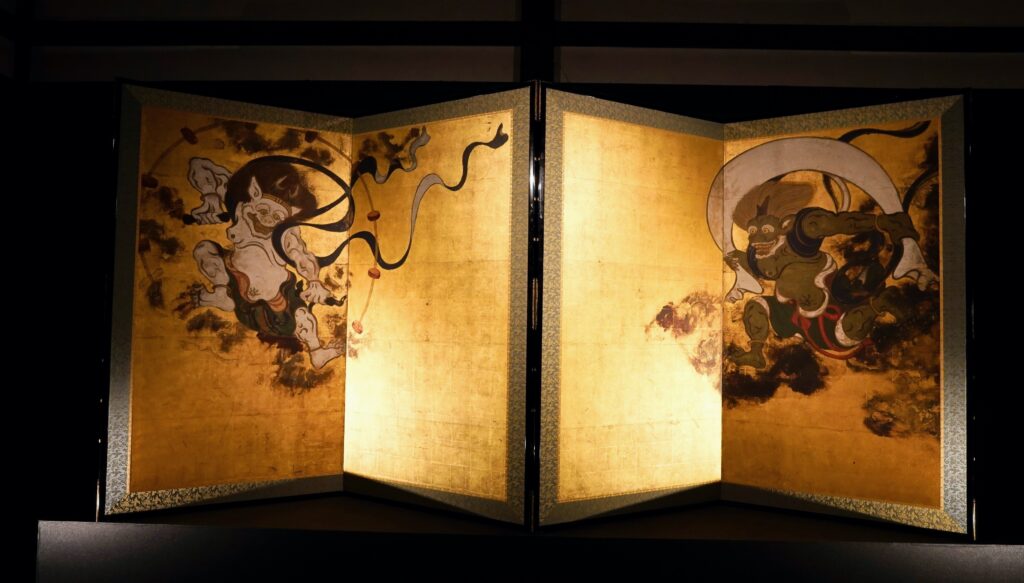
Honbo Hall was originally the residence of the head priest. Today, it serves as a reception area for visitors to the Hojo Hall (abbot’s quarters) and Hatto Hall. Here you will also find magnificent folding screen depicting the wind god Fujin and the thunder god Raijin.
Hojo Hall
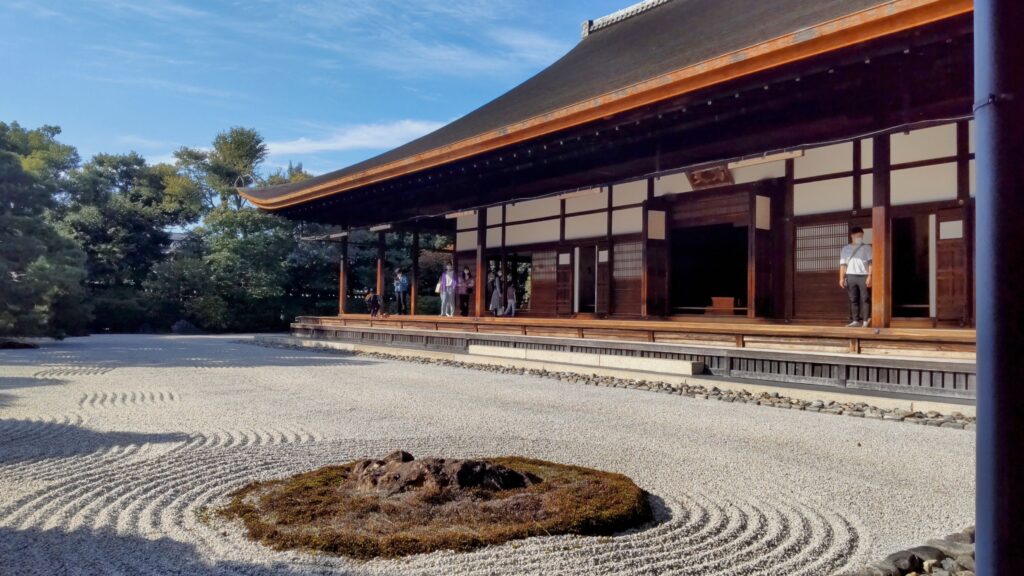
Hojo Hall (the abbot’s quarters) is a spacious hall measuring 91 ft(27.6 m) by 68ft (20.7 m), which also serves as an exhibition hall. The rooms are adorned with fusuma sliding doors painted with exquisite murals such as the “Unryu-zu” (cloud dragon) and bird-and-flower paintings.
Hatto Hall
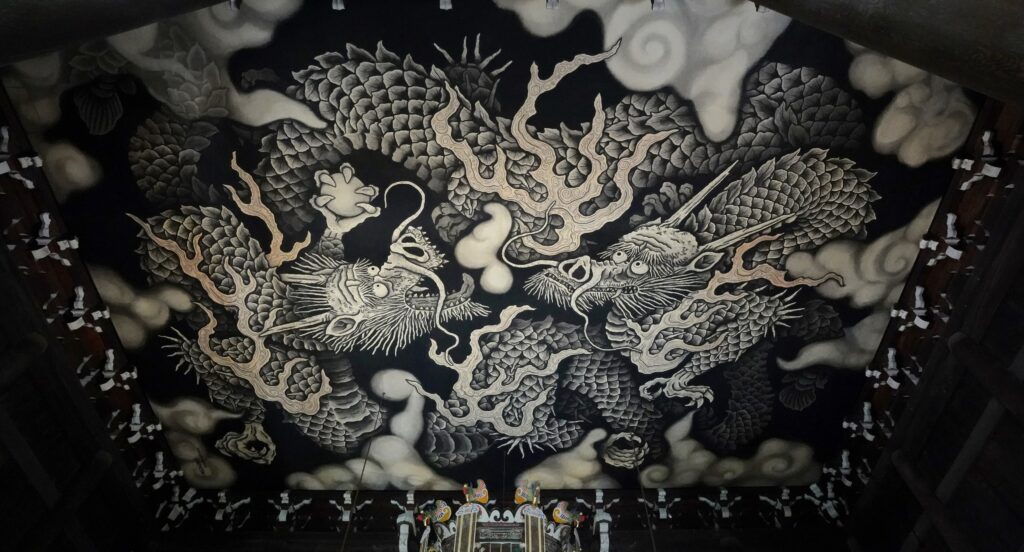
Hatto Hall is a building where monks traditionally gave lectures on Buddhism. It also is a place of worship, housing statues of Shakyamuni Buddha and his two principal disciples, Mahakasyapa and Ananda.
The ceiling of the Hatto hall is adorned with a monumental painting of twin dragons, commissioned to commemorate the 800th anniversary of Kennin-ji Temple.
These dragons are considered the guardians of the Buddhist Dharma and are often associated with the rain-bringing dragons that nourish the earth with the life-giving waters of the Buddhist teachings.
Three Gardens in Kennin-ji Temple
Kennin-ji Temple has three exquisite gardens, each offering a unique and tranquil experience.
Daio-en Garden
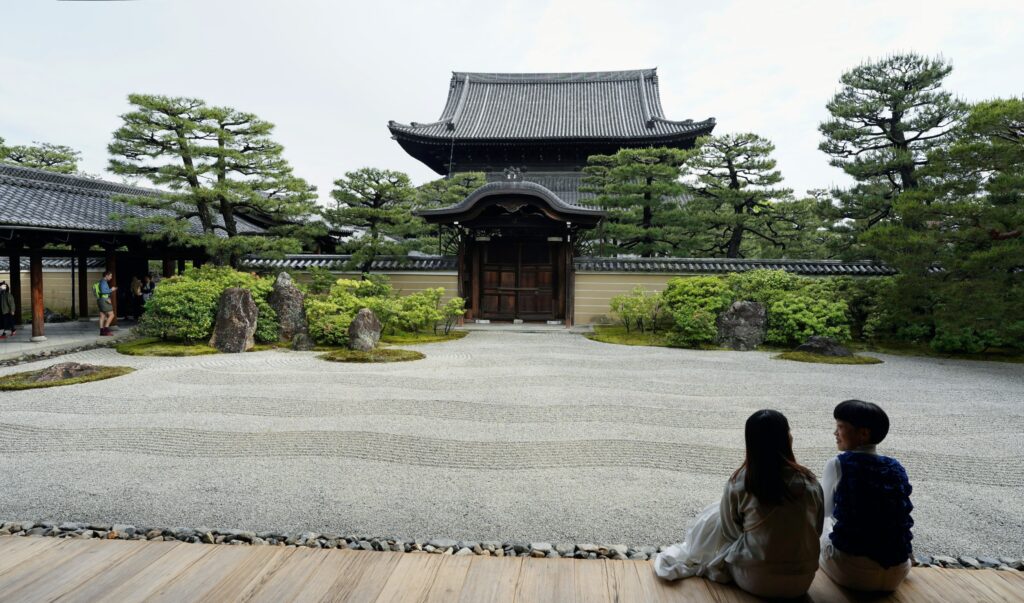
Daio-en is an extensive karesansui (Japanese dry garden). Composed of powerful rock arrangements, carefully manicured moss, sand ripples, and symbolic trees, this garden exudes a tranquil atmosphere. Visitors often lose track of time as they gaze out from the engawa (veranda) of the adjacent Hojo Hall.
Choon-en Garden
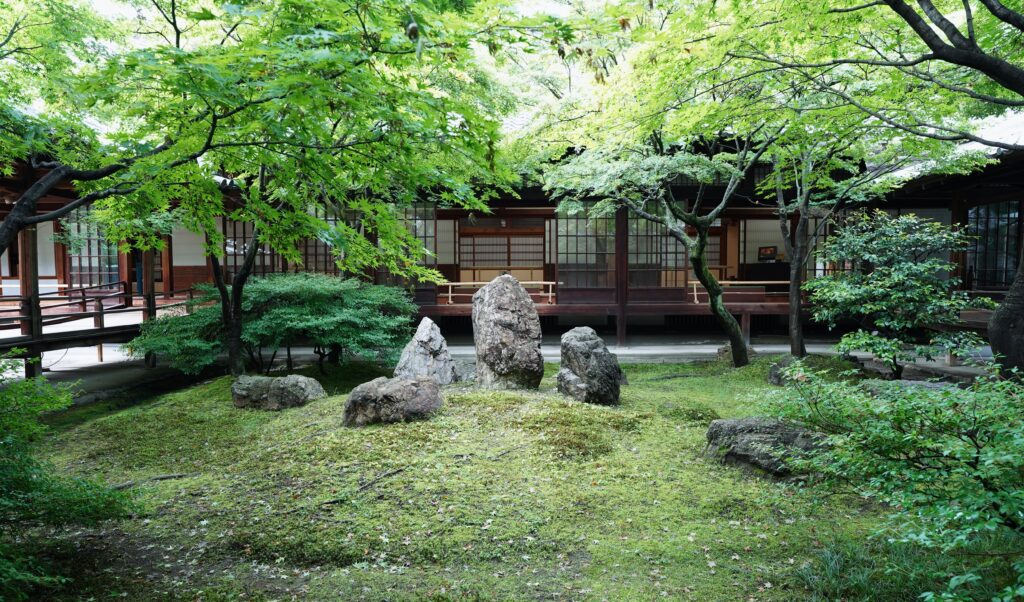
Choon-en is a courtyard garden with three main stone arrangements surrounded by maple trees. The garden is carefully designed to provide beautiful views from all four sides.
○△□ Garden
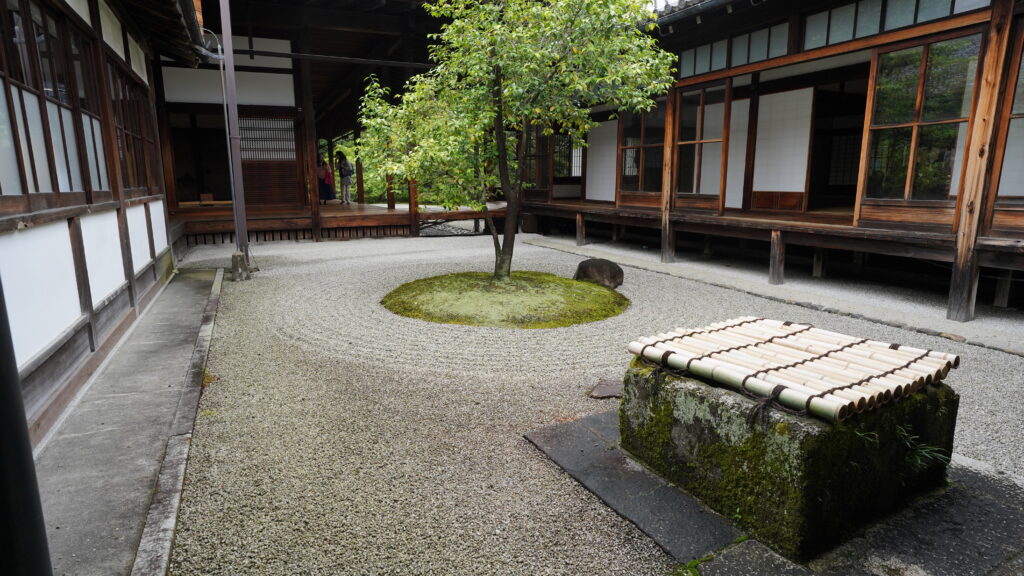
This unique garden features an innovative design with the shapes of a circle (○), triangle (△), and square (□) arranged in the garden. These shapes symbolize the basic forms of the universe.
For more information about the gardens
Toyo-bo(Tea house)
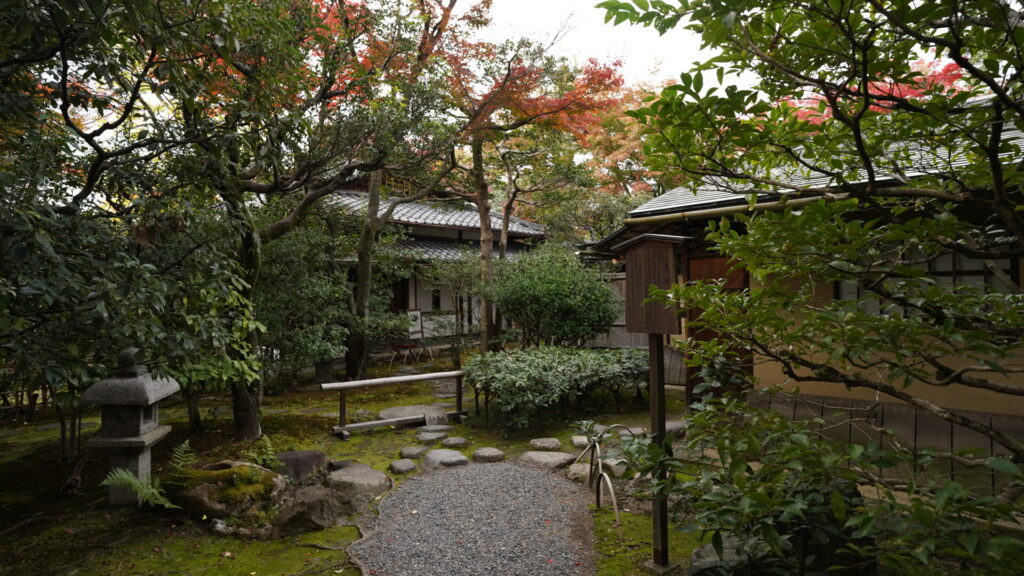
Toyo-bo is a tea house. It is located northwest of Kennin-ji Temple and can be seen by going down the stairs west of the Hodo (main hall) and walking along the approach. The tea master, Toyo-bo Chosho, moved it from its original location at Kotokuin Temple in Kamikyo Ward, Kyoto City, to its present location in 1921. It can be viewed from the outside.
Seiryoken (A place for copying sutras)
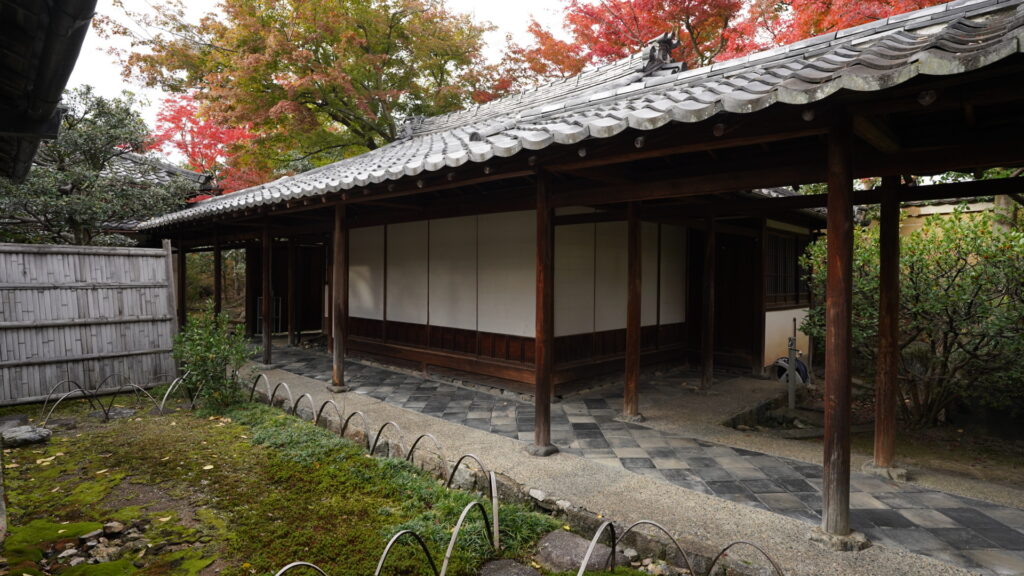
Seiryoken, a one-story wooden structure built in 1940, is a relatively recent addition to the temple complex. In this building, visitors can participate in the traditional practice of sutra copying.
Chokushimon(Main entrance)
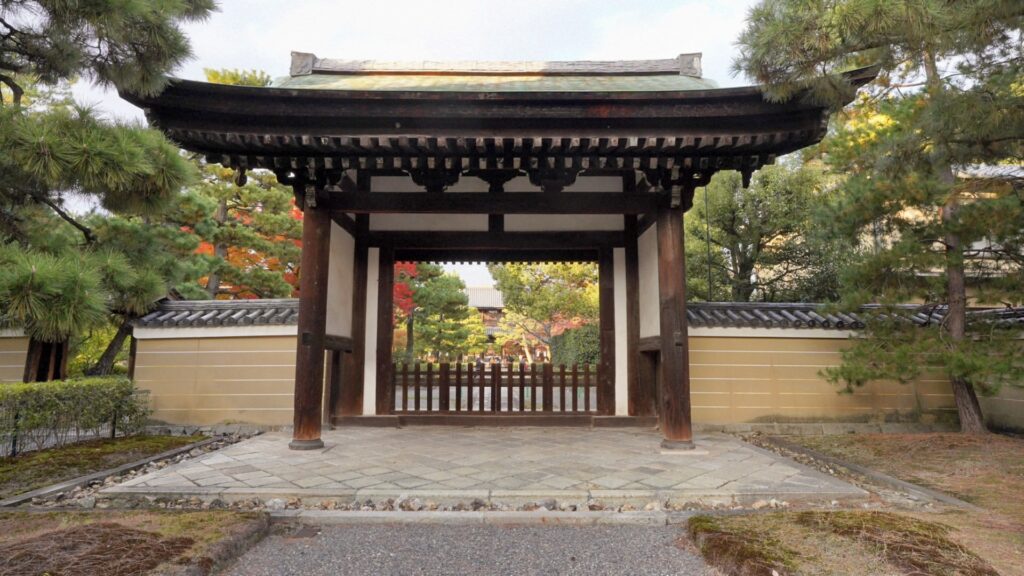
The Chokusimon, located in the southern part of the Kennin-ji grounds, is the main entrance. Although it is not currently in use, the Chokusimon, the Sanmon Gate, the Hatto Hall, and the Hojo abbot’s quarters are all aligned in a straight line. Its other name, Yatachmon, or “Arrow Stand Gate,” comes from the arrow marks still visible on its pillars and doors, remnants of past battles.
Sanmon Gate
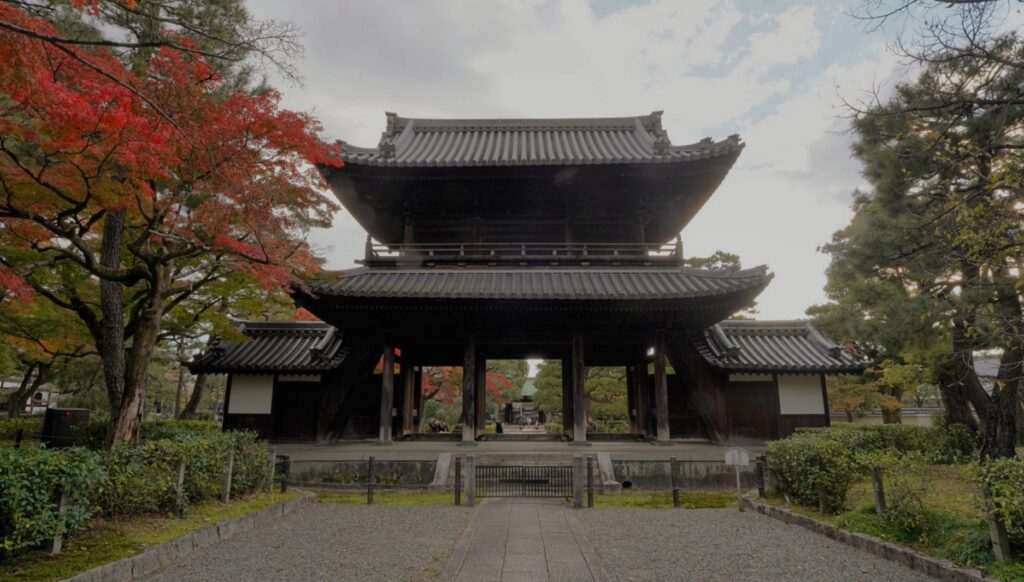
The Sanmon gate of Kennin-ji Temple was relocated from Annen-ji Temple in Hamamatsu City, Shizuoka Prefecture in 1923. The Sanmon gate is also called “Boketsu-ro,” meaning “a building from which one can view the Imperial Palace.” On the upper floor, Shakyamuni Buddha, and sixteen arhats are enshrined.
Must-try tours and experiences
Private one-day tour
I recommend a private one-day tour. Kennin-ji Temple is located in the Higashiyama district, a popular tourist area. Within walking distance are Gion, the geisha area, Kiyomizu-dera Temple, the most popular temple in Kyoto, Yasaka Shrine with its approximately 1,400 years of rich history, Kodai-ji Temple with its beautiful gardens, and Maruyama Park, famous for cherry blossoms. I recommend a private one-day tour to visit these tourist attractions.
Private tour
https://viator.tp.st/sMFjrBoX
Zazen (seated meditation) Experience
Kennin-ji Temple offers a 2-hour Zazen (seated meditation) and Dharma Talk session every second Sunday of the month (except August) beginning at 7:30 am. Anyone interested is welcome to attend.
- Schedule: 7:30 a.m. – 9:30 a.m.: Zazen (2 sessions of 20 minutes each), Dharma talk, and sutra chanting.
- Fee: Free
- How to apply: Please arrive at the reception of the Honbo Hall well before the 7:30 a.m. start time.
- No reservation required.
Notes for individual participants:
- Since zazen is practiced in the cross-legged position, it is recommended that you wear appropriate clothing. Short skirts or tight pants are not recommended.
- Groups of 10 or more will not be accepted.
Official website: https://www.kenninji.jp/experience/(only Japanese text)
Sutra Copying Experience
Kennin-ji Temple also offers a sutra copying experience at Seiryoken.
- Schedule:: Daily 10:00 a.m. – 3:00 p.m.
- Duration: 60 minutes
- Fee: 2,000 yen
- How to apply: Please inquire at the reception desk of the Hobo Hall of Kennin-ji Temple Sutra Copying paper and writing utensils will be provided at the reception desk.
Official website: https://www.kenninji.jp/experience/(only Japanese text)
Information
Open Hours
10:00a.m. – 5:00p.m.
*The reception close at 4:30p.m.
Entrance fee
| Ticket types | Price |
|---|---|
| Adults | 800 yen |
| Students from high school to elementary school | 500 yen |
| Children under the age of elementary school | Free |
Nighttime Illumination
Open Hours
| Period | time |
|---|---|
| December.1st to 14th | 5:30 p.m. – 7:30 p.m. (Last entry is at 7:00 p.m.) |
Entrance Fee
Elementary school age and older : 1,800yen
Advance reservations are required for the autumn night illumination at Kennin-ji Temple.
Adress
〒605-0811 Kyoto, Higashiyama Ward, Komatsucho, 584
How to get there
During Kyoto’s busy seasons (March, April, November, and December), it’s best to take the train and walk to Kennin-ji Temple.
From JR Kyoto Station, take the Nara Line(Brown Line) to Tofukuji Station, then transfer to the Keihan Main Line(Vermilion Line) and get off at Gion-shijo Station. From there, it’s a 7-minute walk to Kennin-ji Temple.
Outside the peak season, you can take a bus to Kennin-ji Temple.
From Kyoto Station North Bus Terminal, take bus No. 106, 206, or 86 to Kiyomizu-michi, which is the nearest bus stop. From there, it’s a 4-minute walk to Kennin-ji Temple.
Tourist attractions nearby
Temples and shrines
- Kiyomizu-dera Temple (11-minute walk southeast of Kennin-ji Temple)
Kiyomizu-dera is the most popular tourist destination in Kyoto. It’s a Buddhist temple of the Hossō sect, founded in 778. The temple is famous for its wooden stage that offers a panoramic view of Kyoto. - Kodai-ji Temple (8 minutes walk east of Kennin-ji Temple)
Kodai-ji is a Rinzai Zen temple located in Higashiyama Ward. It was built in 1606 by Nene, the widow of Toyotomi Hideyoshi, in honor of her husband. The temple is known for its beautiful dry landscape garden with weeping cherry blossoms. - Yasaka Shrine (8-minute walk northeast of Kennin-ji Temple)
Located in Gion, Yasaka Shrine is the head shrine of about 2,300 shrines dedicated to Susanoo-no-Mikoto. It is one of the oldest shrines in Kyoto, dating back to the founding of the city in 794. The main hall has been designated a national treasure.
Gion (adjacent to Kennin-ji Temple)
- Gion is Kyoto’s most representative hanamachi (geisha district) and a popular entertainment area. It is home to a variety of restaurants, from traditional Japanese ryotei to modern eateries. Gion is also famous for its geisha and maiko, and visitors may be lucky enough to catch a glimpse of them as they go about their day.
Link
Official Website
https://www.kenninji.jp(Only Japanese text)
